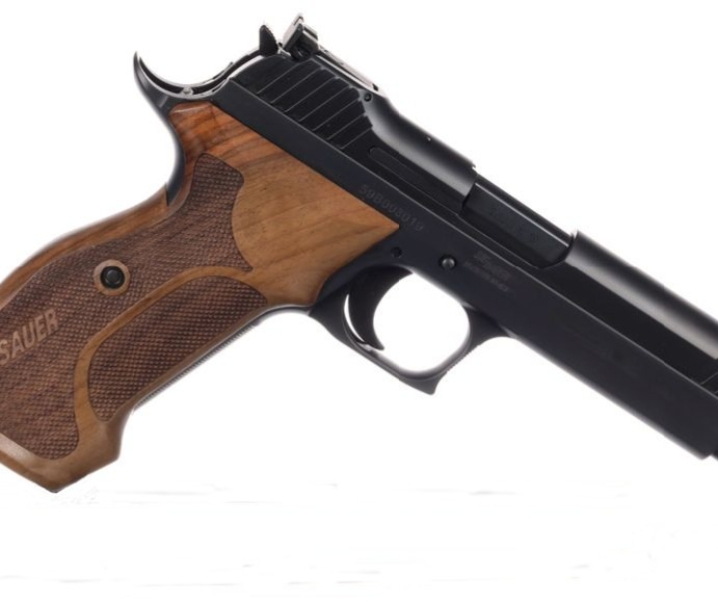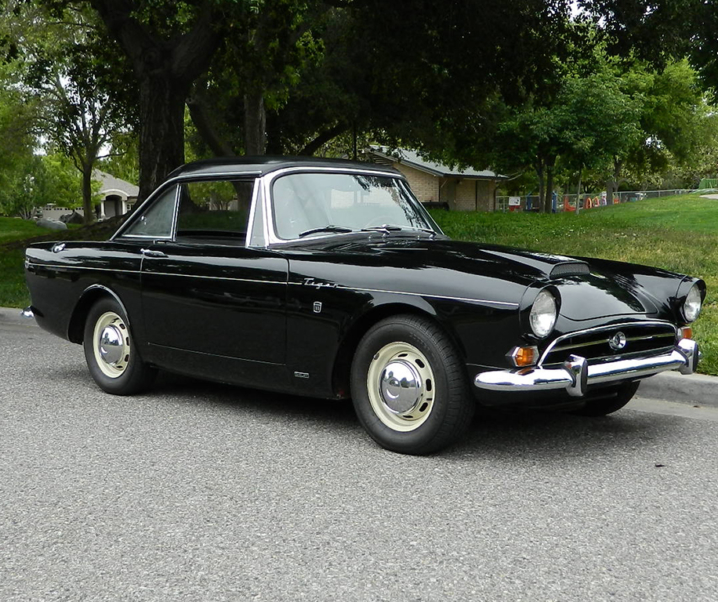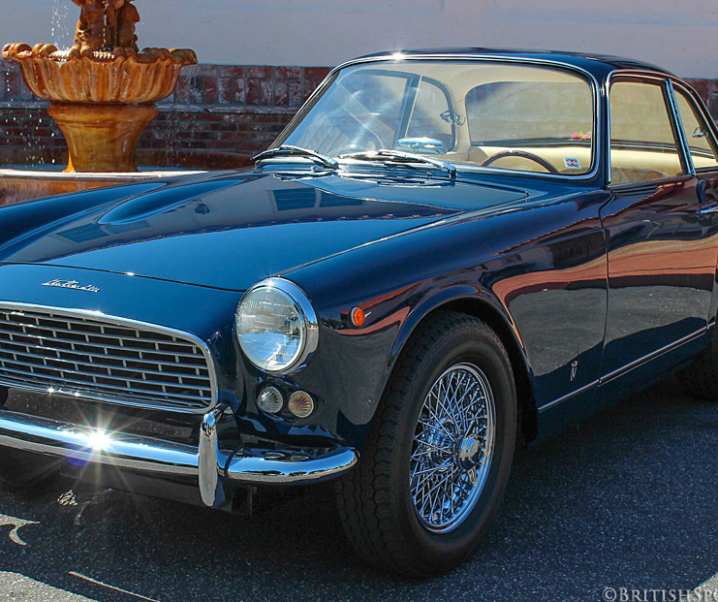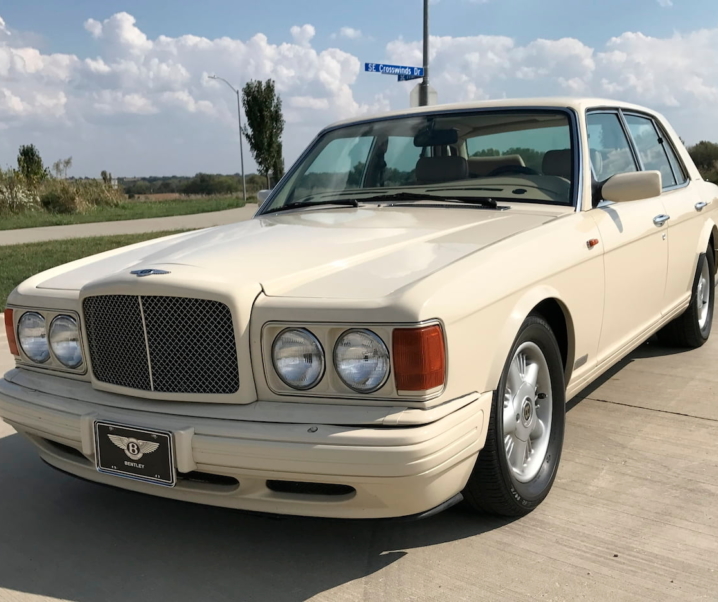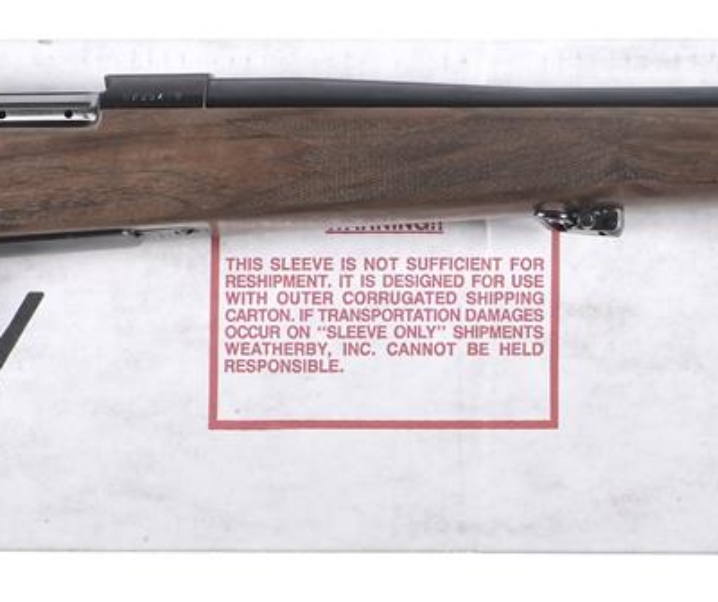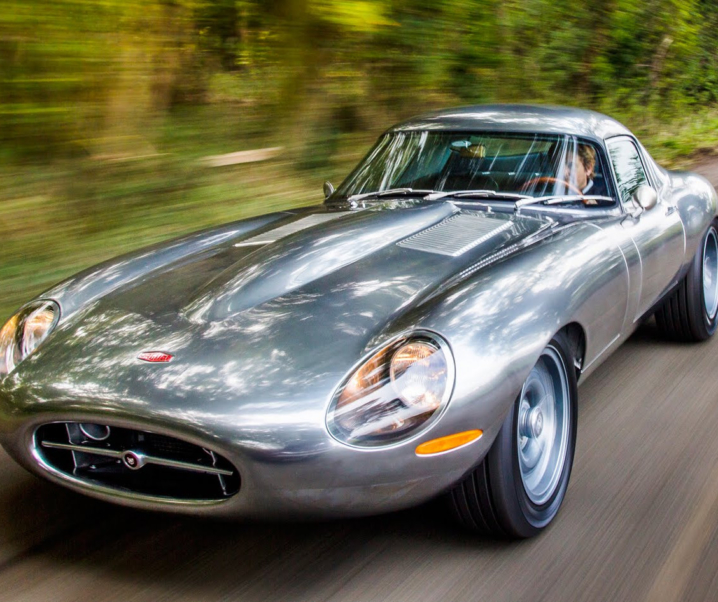Introduction
When the world entered into the First World War it was said that the Americans went to war with a target rifle, the Springfield 1903, the Germans went to war with a hunting rifle, the Mauser M1898, and the British went to war with a combat rifle, the Lee-Enfield. There is an element of truth in that statement and it was proved in the years after the war when it was the Mauser M1898 action that was in production for commercial sporting rifles chambered for “all cartridges great and small”. The standard Mauser ’98 action was used as the basis for pretty much everything from things like the 22-250 and the 5.6×57, the 7×57 and 8×57, the 30-06 and its derivatives among the standard calibers. The British bought Mauser ’98 actions and Holland & Holland built their .375 Holland & Holland Magnum rifles back in 1912 by opening up the standard Mauser ’98 military action to accommodate it. W.J. Jeffery used the Mauser ’98 as the foundation for their .404 Jeffrey and even the behemoth .500 Jeffrey, which was built on the standard Mauser ’98 action.
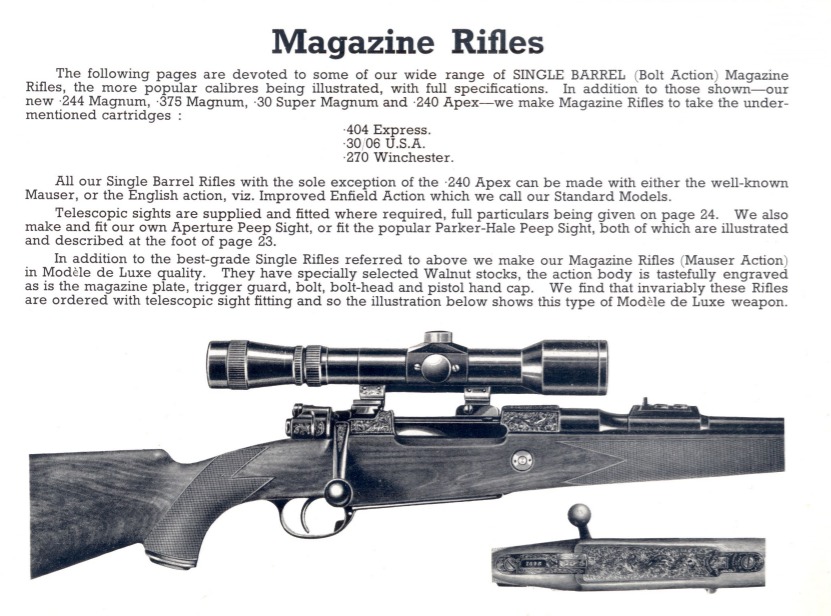
The Mauser ’98 action was so strong and designed to be so adaptable that it could accommodate an amazingly wide variety of sporting cartridges. This led to Mauser ’98 rifles becoming pretty much the standard throughout the European colonies in Africa and Asia, often chambered for German gunsmith Otto Bock’s 9.3×62 of 1905. Thus it was that Paul Mauser’s most famous rifle action design went on to become a legend, a status that it easily holds onto right up to the present day.
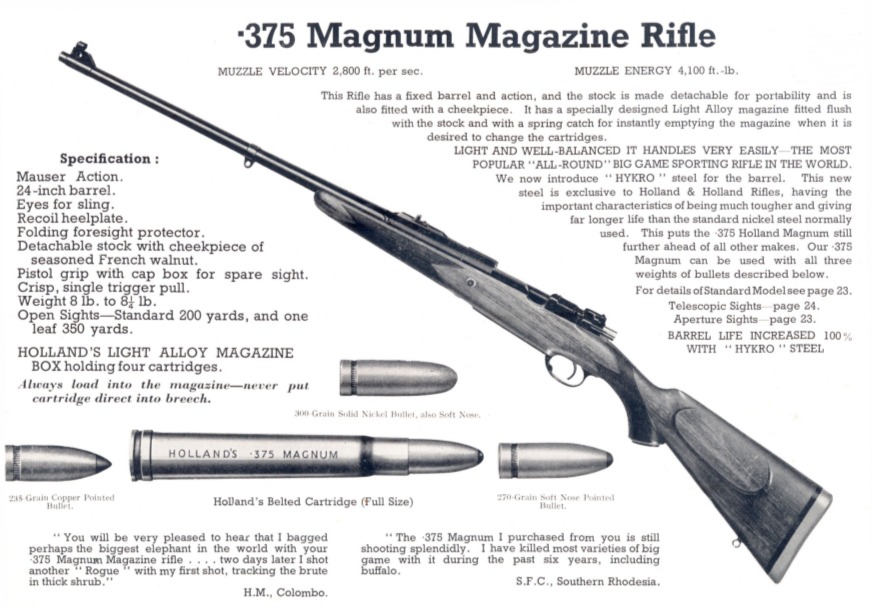
If you would like to own a rifle built on Paul Mauser’s legendary M1898 nowadays however you have a couple of choices, one very expensive, the other surprisingly affordable. In recent years Mauser have resumed production of their Mauser ’98 both in standard and magnum action sizes. They also supply their beautifully made actions and/or barreled actions to such gunmakers as Britain’s Rigby. These rifles are however not only eye-wateringly beautiful, but they are also eye-wateringly expensive. But if you, like me, have a limited supply of shekels to stuff into the “new rifle” piggy-bank then there is a much less expensive alternative out there that allows us to purchase a rifle with a “Mauser ’98” style action, and that is the Zastava M70.
The FN M1924 based Zastava M24
Zastava Arms has a long history of building Mauser based rifles, beginning back in 1880 with the Kosta Milovanović re-design of the Mauser 1871 for the Serbian armed forces. Subsequent to that, when the Mauzer Milovanović M. 1880 (the “Mauser Koka”) was deemed obsolete in 1924 the government decided to upgrade their military service rifles. They initially had their new rifles made by FN in Belgium until they were able to enter into a contract with FN to manufacture the FN Model 1924 in their own country. It was Zastava Arms who were the ones who were commissioned to get these new Mauser M1898 based M24 military rifles into local production and this officially commenced on October 15th, 1928, which was the 75th Anniversary of the beginning of Zastava Arms original company in Kragujevac.
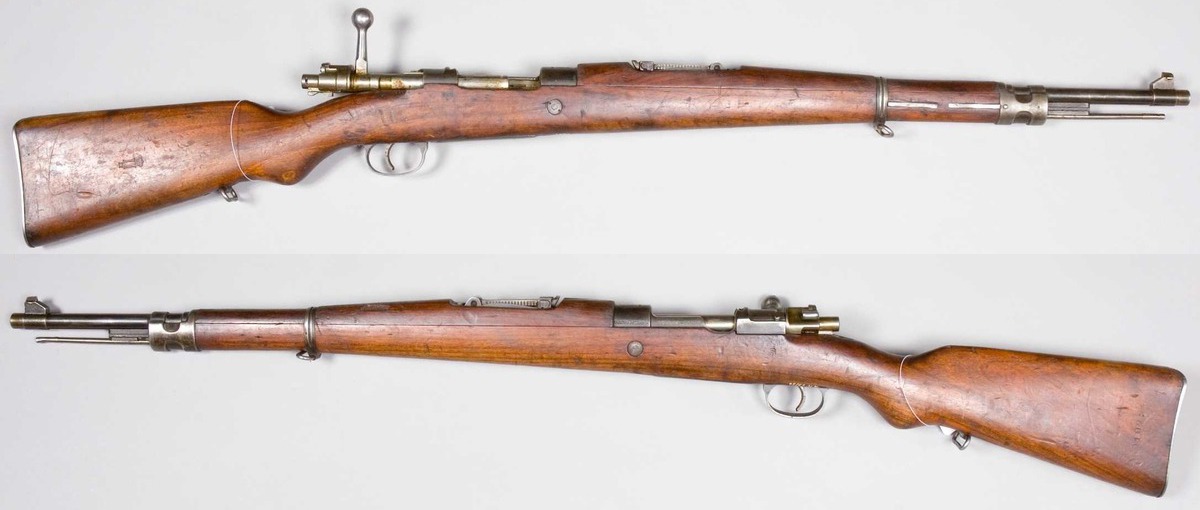
After the Second World War Zastava Arms were involved in refurbishing the many captured German Karabiner 98k rifles in the country, many having been in the hands of partisans. This model was referred to as the M48. The final variant of the M48 was the Zastava Arms manufactured M48/63 sporting rifle.
The Interams Whitworth Mark X and Remington 798 Versions of the Zastava M70
Zastava Arms began making their M70 sporting rifles based on the M24 (FN M1924) in the post-war period but while they were under communist control, in what was by then named Yugoslavia, we did not see these rifles being sold under the Zastava Arms name. In places like Britain, Europe, Australia and New Zealand the rifles were sold under the “Whitworth” name or were sold as “Mark X”. For the United States and Canada the rifles were mostly imported by Interarms and sold as the Interarms Mark X. Another American version was the Remington 798 of the 1990’s which was a Zastava Arms M70 barreled action installed into an American made laminated stock and sold through Remington’s dealer network. In recent years however, now that the armed conflicts that have plagued Serbia for decades thankfully seem to be over, we are seeing the company manufacturing and selling their M70 sporting rifles under their own name.

The Zastava M70 Sporting Rifle
It has been in recent years that Zastava Arms have been establishing their own dealer networks and established Zastava Arms USA in January 2019. The happy result of all this is that these well made and affordable sporting rifles are now becoming more and more available.

The Zastava M70 sporting rifle is described on the Zastava Arms USA website as the “LK M70” to avoid confusion with Zastava’s military “M70”, which is a modified AK47. The “LK M70” is described on Zastava Arms global website simply as the “M70”. This rifle is best described as a sporting version of the Zastava M24 (i.e. FN M1924) version of the Mauser M1898 that Zastava Arms obtained a license to manufacture along with the necessary machinery during the 1920’s. This means that the Zastava M70 is faithful to the original Mauser ’98 design but has received some appropriate improvements to make it a near perfect sporting rifle.
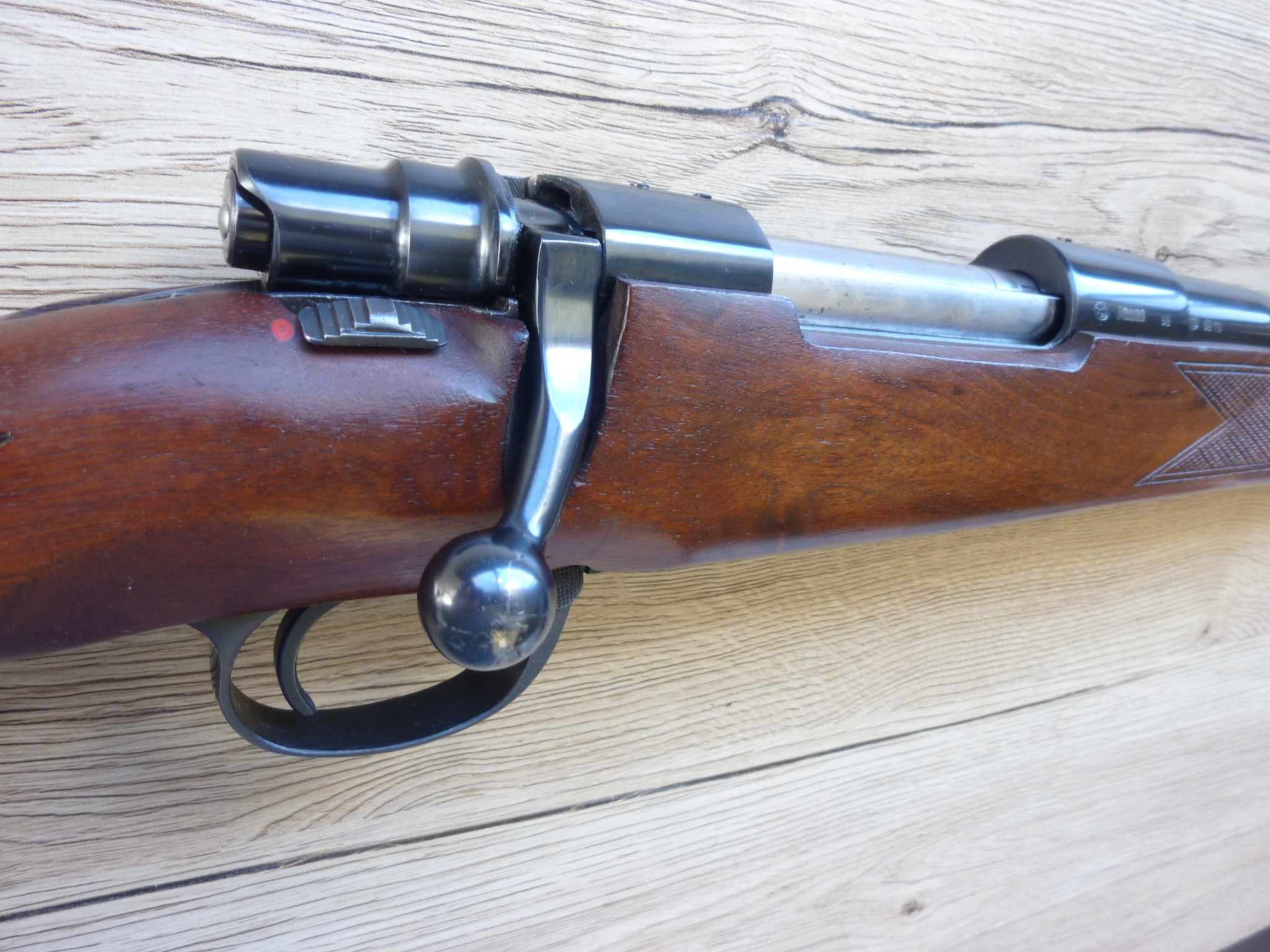
To make the M70 a sporting rifle the bolt handle was reshaped to make it perfect for use with a rifle scope and swept back a little to provide for easy cycling of the action. The Mauser ’98 flag safety was done away with and in its place is fitted a switch safety catch to the side of the bolt shroud that pushes forward for “fire” and is pulled back for “safe”. The safety catch blocks the trigger and on this model locks the bolt closed when the safety is engaged: a feature that helps ensure the bolt is not accidentally knocked out of battery, something that is especially important on a dangerous game rifle.
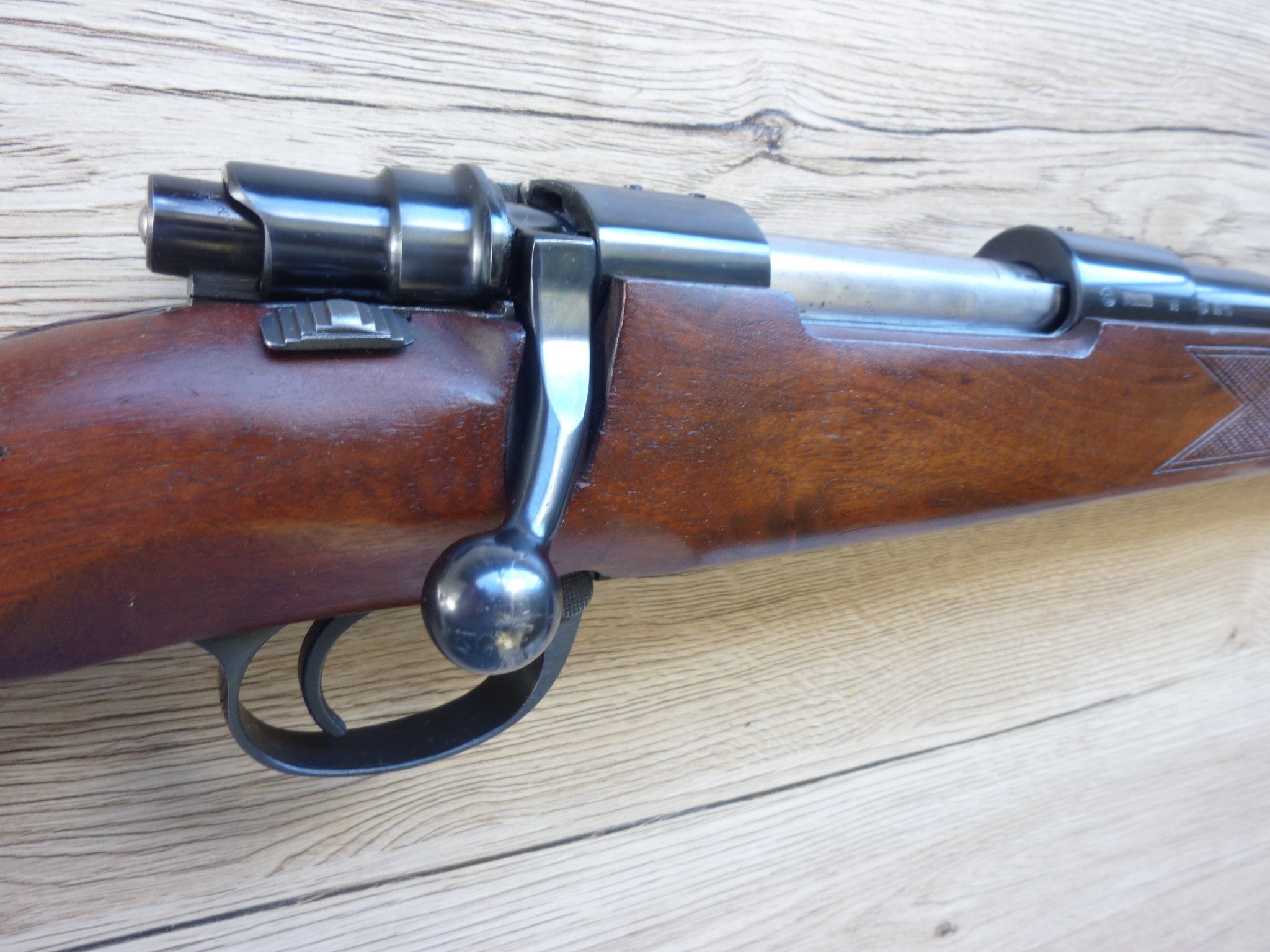
The Zastava M70 stays very faithful to the Mauser M1898 in almost all respects including having a heavy firing pin strike. The firing pin hits “like the hammer of Thor” ensuring that the rifle delivers reliable ignition.
The receiver bridge does not have the military fitting for stripper clip use but instead is left clean, and is drilled and tapped for fitting standard riflescope bases: base sets for the “Remington 798” are correct for it.
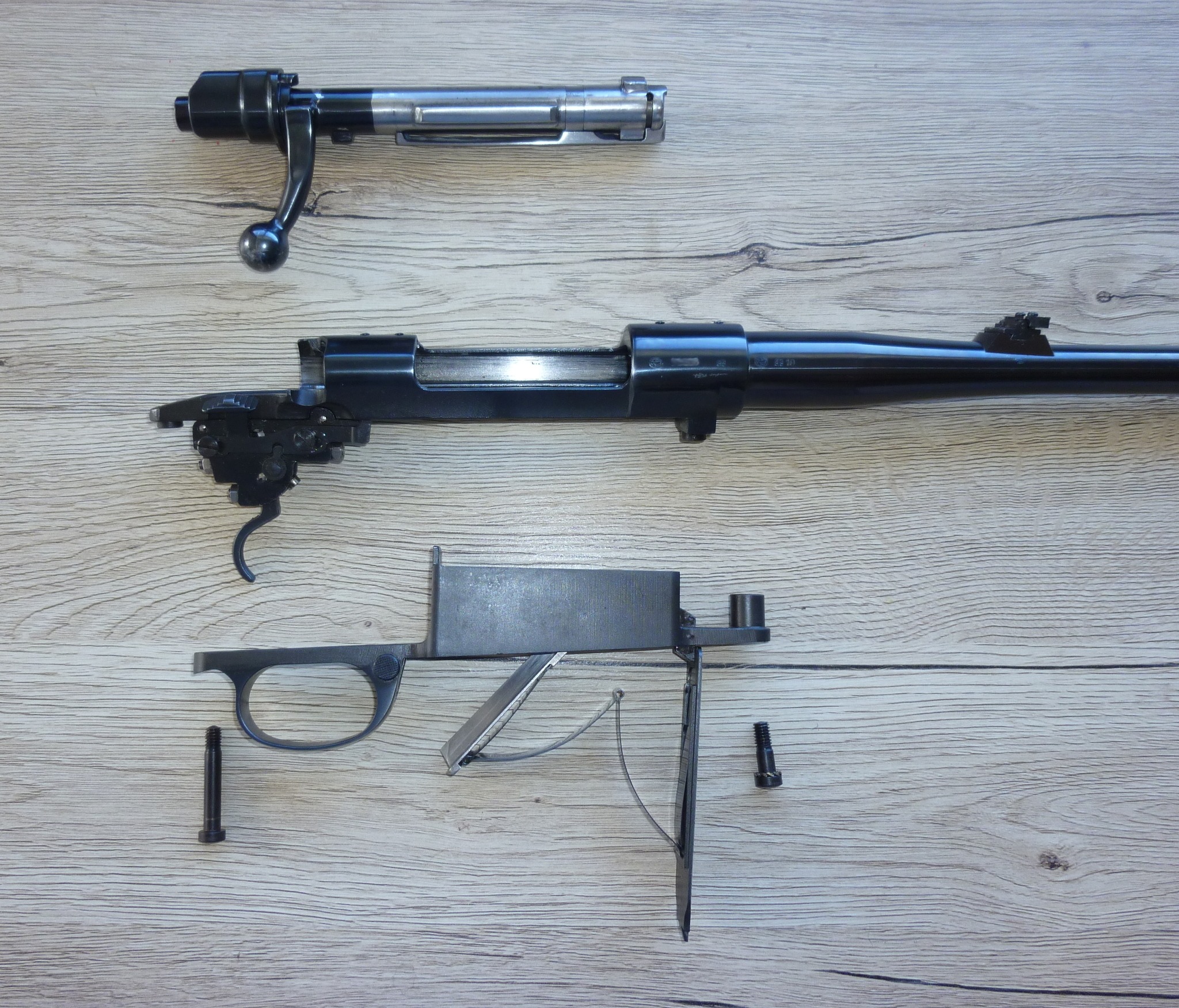
With the barreled action taken out of the stock it can be seen just how faithful the Zastava M70 is to the Mauser M1898. The bolt is the same and features the third safety lug, and the solid anti-bind rail on top. The extractor is the standard claw type providing a controlled round feed and the fixed blade type ejector works with great efficiency.
All the parts of the barreled action are made of steel with the magazine box an integral part of the action trigger guard. The steel floorplate is hinged and opens by a plunger catch located at the front right side of the trigger guard. This is a very positive design that is not likely to accidentally come open due to recoil, nor is it likely to be inadvertently opened by the shooter.
The Zastava M70 is a refreshing change from so many modern rifle actions: there is no plastic, no aluminum, no ugly “modern” styling, the whole is classic, tasteful, and practical in the best possible ways.
Zastava M70 Trigger Options
The Zastava M70 is available with three types of trigger; a single stage “shotgun” style trigger, a “DAT” Double Acting Trigger, and a traditional European Double Set trigger.
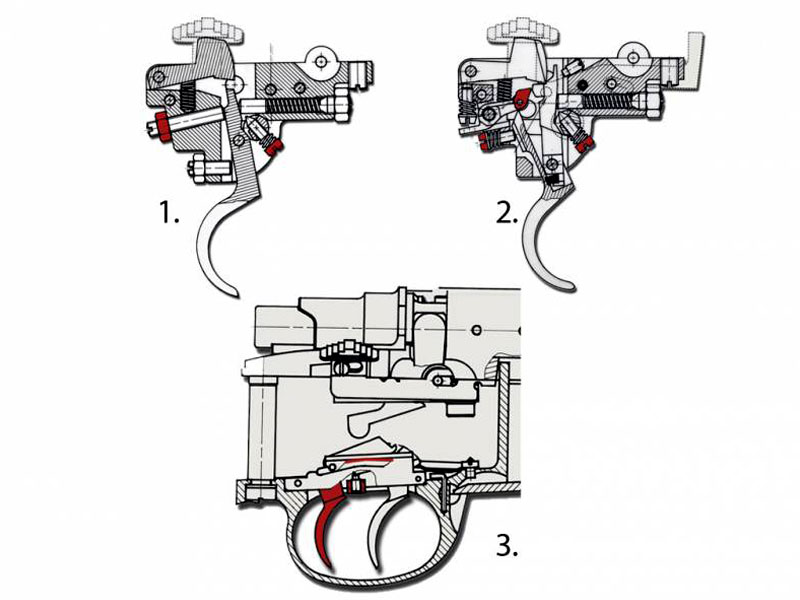
1. The Single Stage “shotgun” style trigger is the one I have fitted to my own Zastava M70 in 9.3x62mm. The trigger is smooth and predictable in operation with a smooth initial creep, a clean break, and a moderate amount of over-travel once the trigger has broken. It is nice to use and perfect for snap shooting situations such as when hunting, although it is also nice to use for a deliberate shot such as when target shooting or shooting off the bench-rest. The trigger on my 9.3x62mm feels like it is set around 4½lb and its a nice weight. This single stage trigger is adjustable for weight and travel but such adjustments need to be done carefully and preferably by someone with the requisite level of knowledge and experience. Adjustments to this trigger also affect the operation of the safety catch and adjustments have to be made so as to keep both the trigger and the safety catch working faultlessly.

2. The DAT “Double Acting Trigger” is similar in operation to the single set trigger found on current CZ production rifles. This is a common trigger style on European rifles and is easy to use. If the trigger is simply pulled it acts as a single stage trigger at around 4½lb-5lb weight. If the shooter wants a lighter trigger pull the trigger is pushed forwards which sets it with a much lighter pull and typically with no creep. To unset the trigger simply engage the safety catch and trip the trigger (remembering of course that the muzzle must be pointed in a safe direction while you do that). This trigger is also adjustable.

3. The traditional European double set trigger is very common on European rifles and occasionally turns up on British rifles also. To operate the double set trigger without setting one simply pulls the front trigger and the rifle will discharge. To obtain a very light trigger pull the rear trigger is pulled and will click in a more rearward position as it “sets”. What is actually “set” is a spring and hammer mechanism and when the front trigger is pressed it releases the small hammer to strike the sear out of engagement discharging the rifle. This type of trigger provides for a very light “hair trigger” release, but does so in a completely safe way. To unset the trigger without firing the rifle one engages the safety catch and simply trips it: that unsets the little hammer mechanism and returns the front trigger to being a 4½lb-5lb single stage (as before, the muzzle must be pointing in a safe direction when you do this). The adjustment screw for this trigger type is just ahead of the rear trigger.
Stock Styles
The Zastava M70 is made in two main stock styles; the “Pig’s Back” European style and the “Monte Carlo”, which is more common on American rifles. For rifles in standard calibers that do not generate high levels of recoil energy the “Pig’s Back” style is fine and it looks conservative and tasteful. For calibers above 30-06 in recoil energy the Monte Carlo is the better choice: it presents a wide comb area to distribute the recoil evenly and its shape tends to move the stock away from the shooter’s face during recoil.
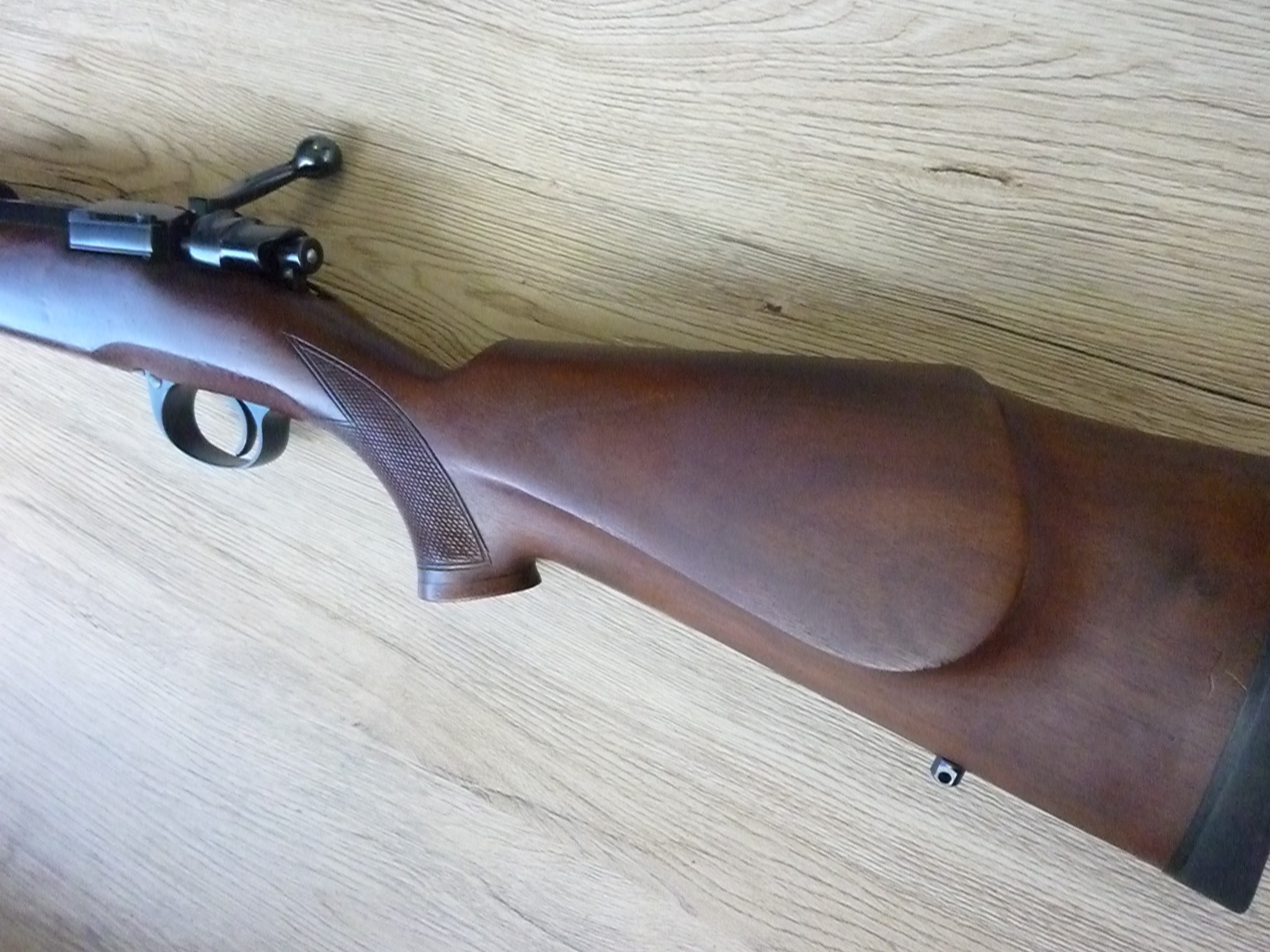
This is what I have on my M70 in 9.3x62mm, which generates significantly more recoil than a 30-06, and I have had the opportunity to shoot a Zastava M70 in .458 Winchester Magnum also fitted with the Monte Carlo style stock which made it comfortable to shoot and nicely controllable.

In addition to the the “Pig’s Back” and “Monte Carlo” options the Zastava M70 can be had with either a half stock for standard and long barrel rifles, or a full stock “Mannlicher” style for short barrel carbines.
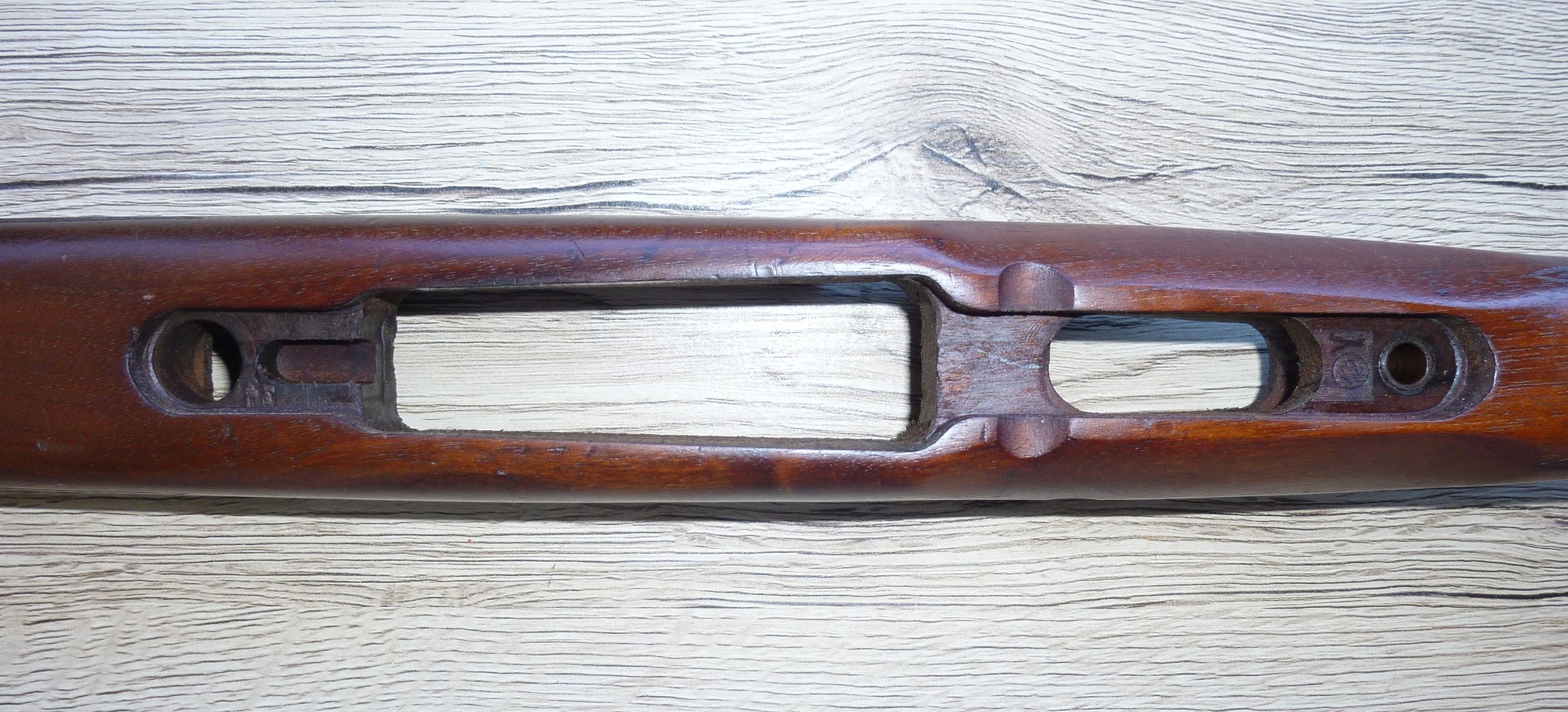
The inletting of the M70 is good, especially in areas that are visible, and so far I haven’t had my own M70 bedded and floated. The barrel on mine is not floated, but uses the bedding system that applies slight pressure on the barrel at the fore-end. This method is said to work well with very light barrels and the Zastava M70 barrel is very light, my 9.3×62 tips the scales at around 7½lb. That being said Zastava M70 owners I have talked with commonly recommend a bedding job and free floating the barrel.
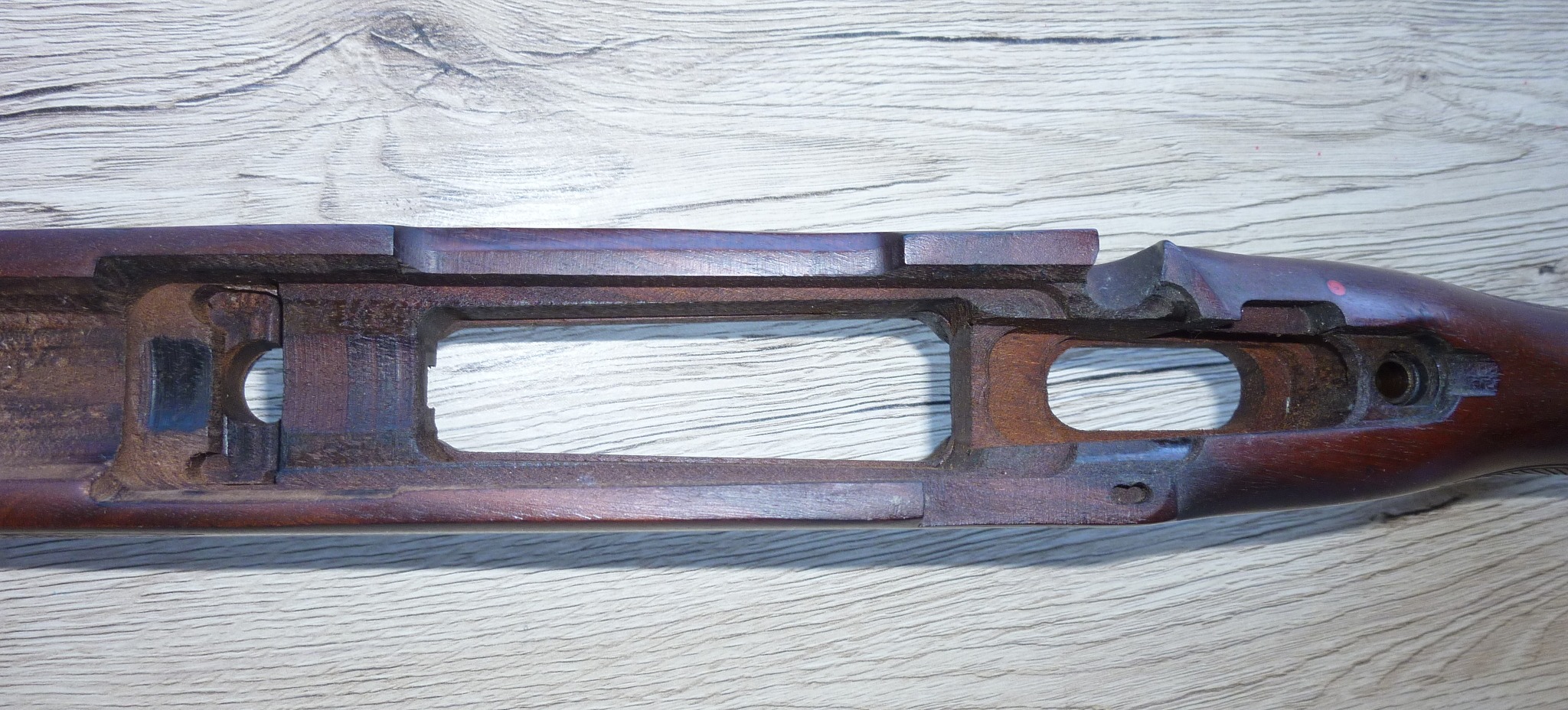
Open Sights
The Zastava M70 most commonly comes with open sights, which I regard as a good thing, but can be ordered with a clean barrel for optical sights only use. The standard open sights are a folding rear-sight adjustable for elevation and windage, and a bead front-sight.

These open sights are all I have on my 9.3x62mm and they are quite adequate for short to medium range work although I plan to upgrade the open sights to a fixed open “V” rear and an optic fiber front. I will also put a riflescope on it in the coming months, most likely something like a Leupold VX-3i 1.5-6×20 or a Kaps 1-4×22 should do nicely, in Talley double lever quick detachable mounts.

Zastava also offer the M70 in a “Battue” version, fitted an open “V” rear rib and an optic fiber front sight. This configuration is for the driven game shoots which are popular in Europe but would also prove very good for short range woods hunting in the US.
Models and Specifications

The Zastava Arms M70 is made in calibers from 22-250 up to .458 Winchester Magnum and includes the most popular calibers in the US and in Europe even including the .264 Winchester Magnum which must be more popular in Central and Eastern Europe than I had realized. This caliber range holds true for both the longer barreled half stock standard rifles and for the short barreled “Mannlicher” full-stock models and includes a 20″ barreled .458 Winchester Magnum.

Having fired a 560mm/22″ barreled Zastava M70 in .458 Winchester Magnum I can believe that the full-stock version with the 510mm/20″ barrel will be OK to shoot, in part because it weighs the same as the long barrel version: but I suspect that if a shooter fired that into the face of an incoming big cat the sheer muzzle blast might be enough to singe its whiskers and cause it to promptly lose interest in masticating the shooter. That being said I think I’d prefer the full 24″/600mm barrel for the .458 Winchester Magnum, and indeed for any of the magnums: for magnum calibers a 24″ barrel is necessary to obtain the cartridge’s full ballistics.
Not only is the Zastava made with a wooden stock but it is also available in synthetic stock models, either in blued steel or stainless steel.
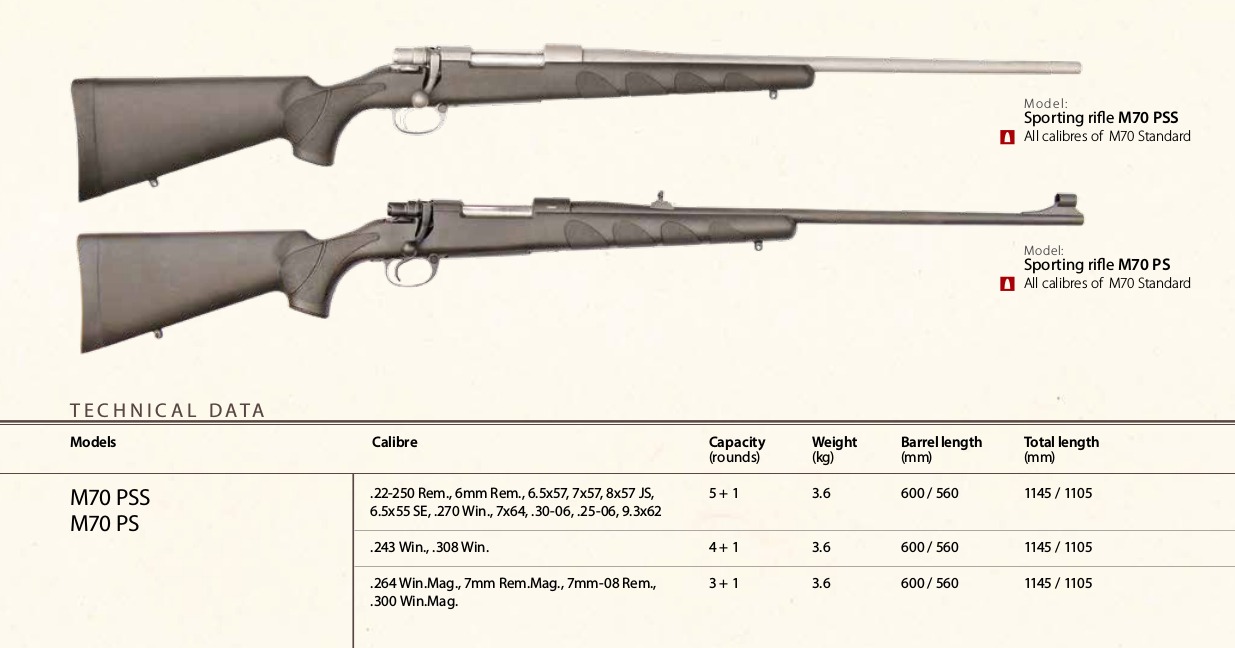
Left handed shooters are also catered for and the standard model M70 is made for “southpaws”: making it one of very few genuine M1898 style rifles made in a left handed version.

For those who want to build their own custom rifle Zastava will also sell you a complete barreled action with or without iron sights, or just the action itself so you can create exactly what you have in mind.
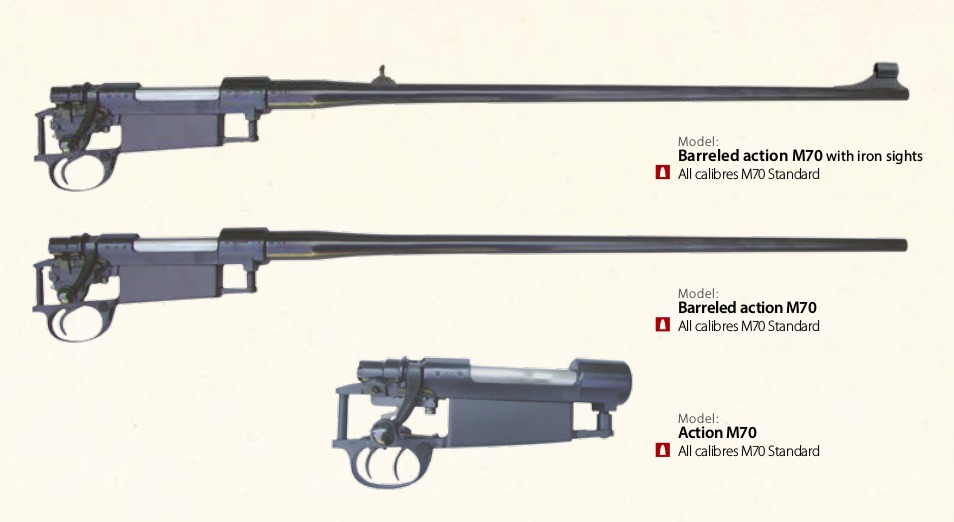
Conclusion
If you are looking for a new rifle there are a lot of tempting new models sitting in the racks at the local gun-shop, each one whispering “pick me” as your hard earned dollars burn a hole in your wallet. But what will you look for in your new rifle? A lot of the new rifle models are going to be “here today and gone tomorrow” with the result that finding parts for them will likely prove difficult by the time you get into your senior years. Not only that but the inexpensive new models are going to be constantly replaced by other “new models” created by companies that want to sell rifles to make a profit. By contrast the Zastava M70 is built on a classic and proven design that has been popular for over 120 years: and its a design that is pretty certain to remain popular for the next 120 years.
Back in the 1970’s and 1980’s finding a new classic rifle was a near impossible task. Winchester had “modernized” their once classic Model 70 and turned it into something that was a mere shadow of its pre-64 glory. If you wanted a Mauser ’98 then your choice was mostly limited to the beautiful FN Browning, but they were expensive, and the salt cured stock scandal harmed the company’s reputation dreadfully. But now in the 21st century there is a really good sporting version of Paul Mauser’s legendary M1898 and its available for not a lot of money, and that is the Zastava M70.
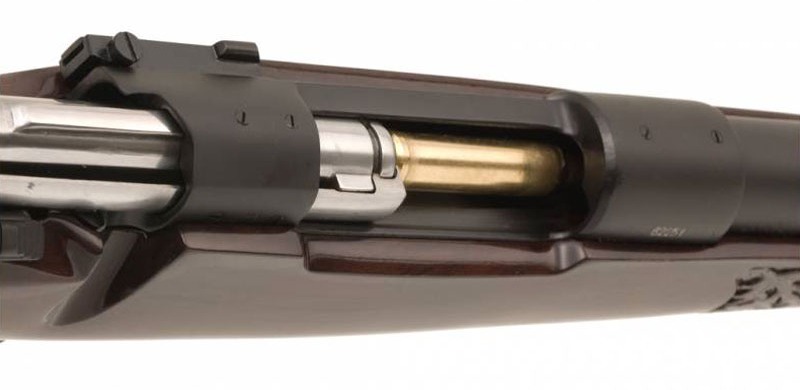
The Zastava M70 is inexpensive enough that if you are looking for a “scrub gun” then this is a good choice. It is ruggedly built, dependable, and parts for it are likely to be around for at least the rest of your lifetime, and those of your children and grandchildren. This is also a great rifle for someone who is looking to customize, or even have a custom rifle built.
A long time ago a person who perhaps lacked imagination said “You can’t make a silk purse out of a sow’s ear” believing that to be a self-evident truth. Its true that you can’t make a silk purse out of a sow’s ear, but you can make a really good leather one, and it will be better than a silk purse and last much longer.
The Zastava M70 is quite like that. It is already a great and affordable rifle, but it has the potential for tweaking and customizing into something quite superb. With mine I’ve already changed the sling swivels to quick detachable studs, and will change the open sights, re-model and re-finish the walnut stock, and install a decent riflescope in Talley double-lever mounts.

This is a rifle that will make a great lifetime hunting companion, it may even turn out to become a family heirloom that “they’ll fight over when you’re gone”. It certainly has the build quality to last for decades and give joy to many over many years. In fact Zastava will build you a custom rifle that will without doubt be of family heirloom quality.
As for me I’m sufficiently impressed with my Zastava M70 in 9.3x62mm that I’m quietly slipping dollars into the “new rifle” piggy bank with a view to getting another one, this time in .458 Winchester Magnum with the Monte Carlo stock and a nice long 24″/600mm barrel that will extract the full performance from the cartridge. My 9.3×62 was second hand and so it had been nicely worn in when I got it, but I’m told that when they are new out of the box a Zastava M70 will respond well to a bit of breaking in, as will most new rifles. If my 9.3×62 is anything to go by then the result of that break in will be a smooth action that functions flawlessly.
The Zastava Arms M70 bolt action sporting rifle is “a lot of gun for not a lot of money”. If you are looking for a rifle that is a dependable classic then this is one you should take a good hard look at. Similarly if you are looking to build yourself a nice custom rifle then a Zastava M70 action or barreled action would be a great starting point.
For more information you can find the Zastava Arms Sporting catalog if you click here.
For those interested in Zastava Arms military and police products you will find that catalog if you click here.
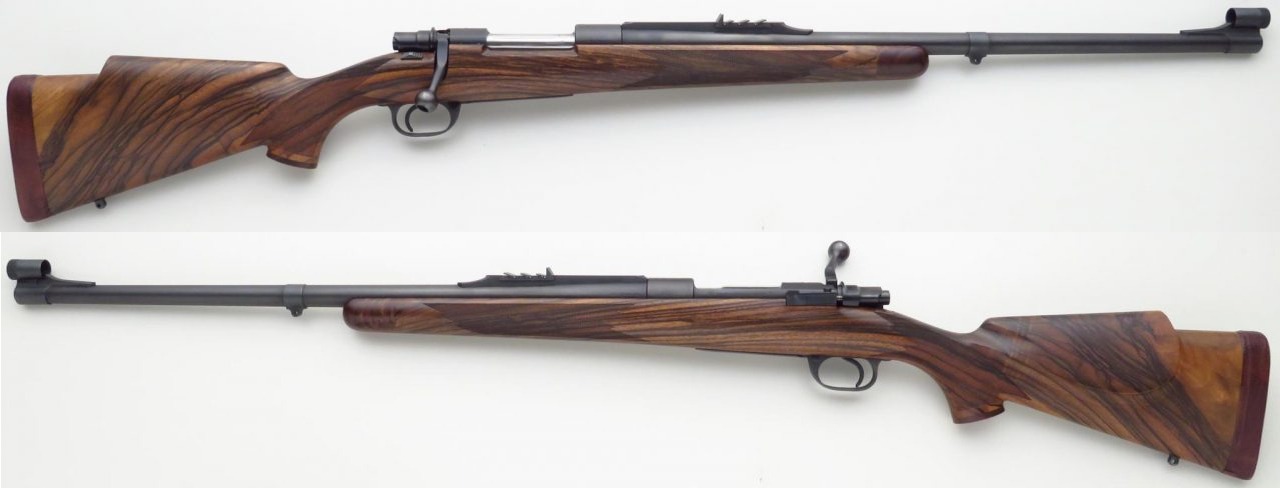
(Note: you will find the above custom rifle for sale if you click here).

Jon Branch is the founder and senior editor of Revivaler and has written a significant number of articles for various publications including official Buying Guides for eBay, classic car articles for Hagerty, magazine articles for both the Australian Shooters Journal and the Australian Shooter, and he’s a long time contributor to Silodrome.
Jon has done radio, television, magazine and newspaper interviews on various issues, and has traveled extensively, having lived in Britain, Australia, China and Hong Kong. His travels have taken him to Indonesia, Israel, Italy, Japan and a number of other countries. He has studied the Japanese sword arts and has a long history of involvement in the shooting sports, which has included authoring submissions to government on various firearms related issues and assisting in the design and establishment of shooting ranges.




